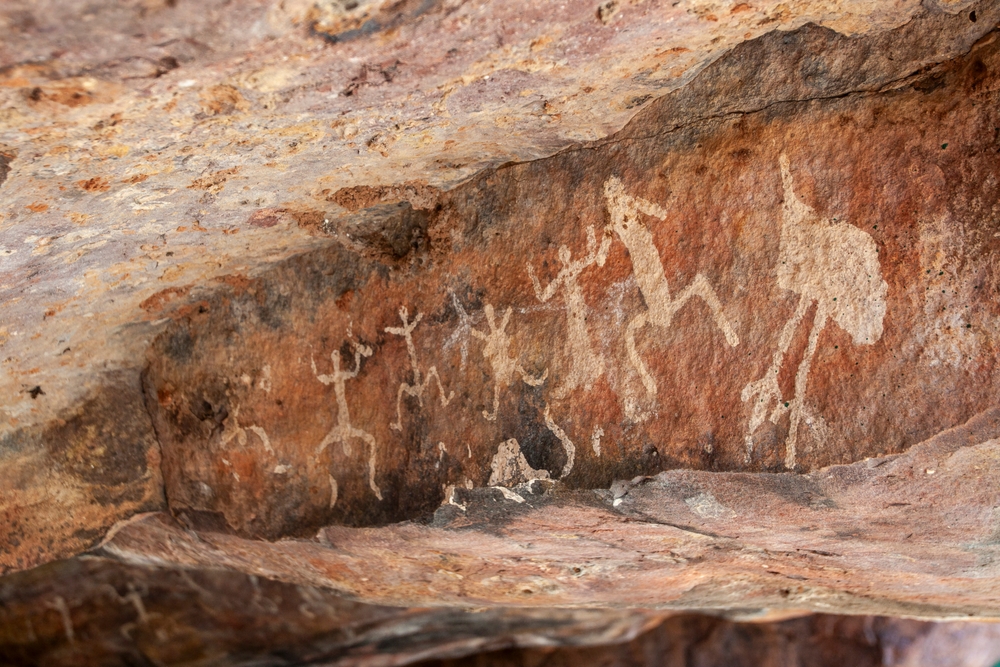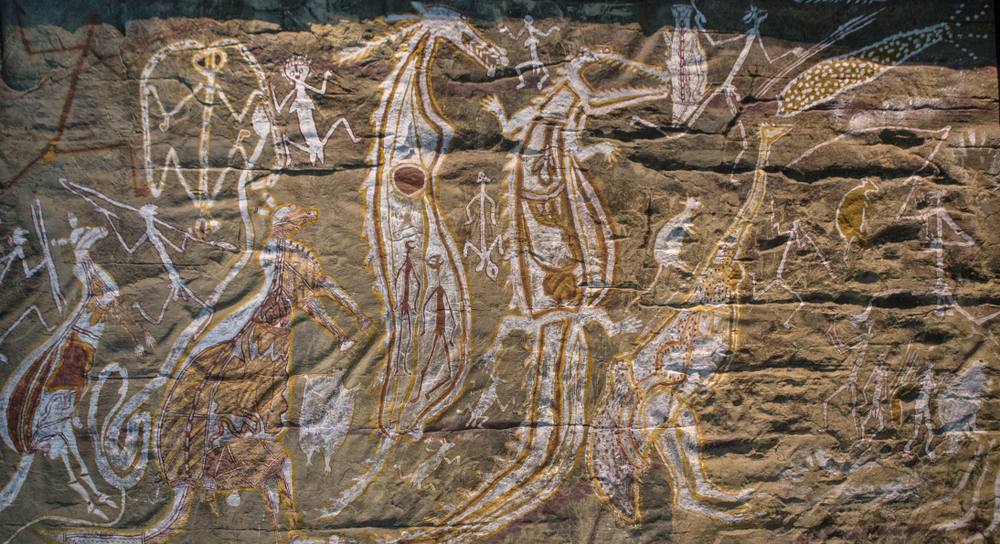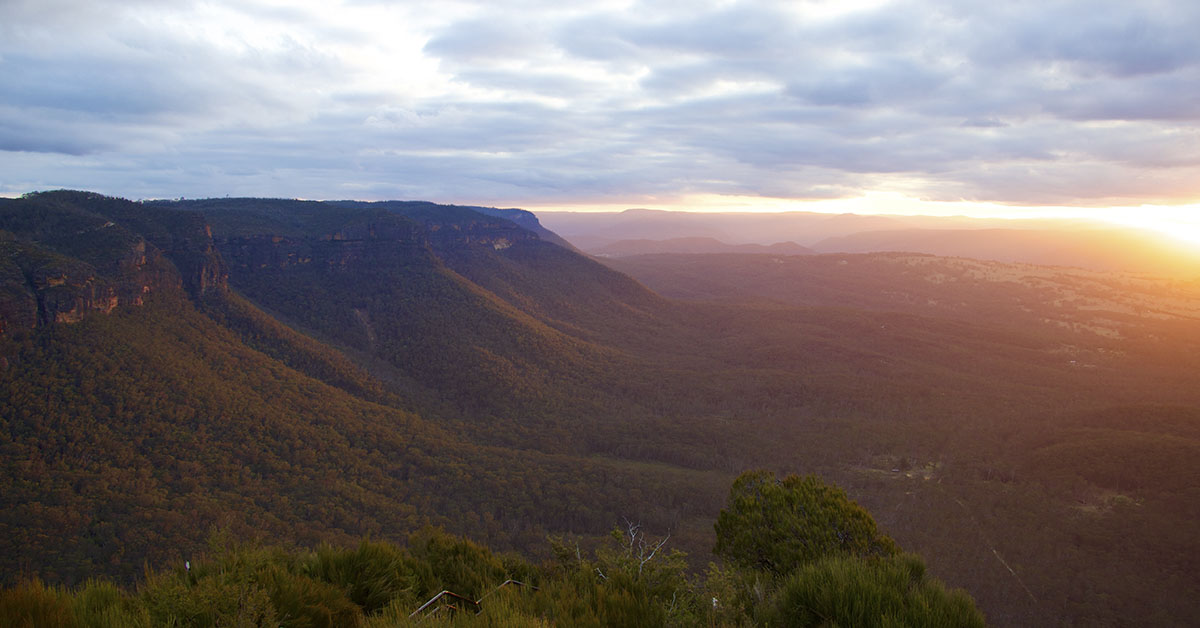A buried cave in Australia’s Northern Territory has changed the story of Australia’s first people. Archaeologists uncovered tools, pigments, and food remnants dating back more than 20,000 years, deep into the last Ice Age. The discovery challenges long-standing theories about early migration patterns and survival habits in the harsh Australian interior. It presents clear evidence that Indigenous communities were established inland much earlier than researchers thought. What was once seen as an uninhabitable zone was clearly home to people who knew how to make it work.

A Long-Buried Site Comes to Light
Hidden within a limestone outcrop near the Barkly Tableland, the Madjedbebe cave held layers of soil packed with ancient remains. For years, the site remained mostly undisturbed, partially protected by its location and geology. When researchers began deeper excavations, they found stone tools, bone fragments, and even grinding stones buried beneath centuries of sediment. The conditions of the cave helped preserve items that would have vanished elsewhere. It turns out this remote area may have been a strategic spot for early survival, not a forgotten corner.
Evidence of Daily Life and Skill
Excavators recovered thousands of items, including finely shaped stone tools and red ochre pigments. The tools were built with precision, some tailored for cutting, others for scraping or grinding. Grinding stones indicate food processing, and pigments point to ceremonial or artistic expression. These artifacts show that daily life wasn’t only about getting by. People in the region had a system for food, shelter, and possibly rituals. The variety of tools speaks to a community that was well-organized and self-sufficient.
Life in a Harsh and Dry Era
During the peak of the last Ice Age, Australia wasn’t covered in glaciers, but it was significantly drier. Many believed the continent’s interior became too barren for human settlement during that time. Yet this cave shows continuous occupation even as water sources dried and vegetation thinned. Archaeologists found emu eggshells, burnt bones, and fire remains dating to the coldest period. This evidence doesn’t just show that people passed through occasionally. It shows they found ways to stay. They adjusted to their environment instead of leaving it behind.
Read More: Archaeologists Uncover Ancient Mesoamerican Fertility Site in Remote Mexican Cave
Rethinking the Migration Timeline
For decades, the accepted model suggested that early Aboriginal Australians stuck close to coastlines, where food and water were more accessible. The theory held that inland regions were settled only after climate conditions improved. But the timeline at Madjedbebe, confirmed through precise dating methods, shows that Australia’s first people moved far inland during the Ice Age itself. That suggests inland migration happened earlier, and possibly faster, than previously believed. These findings point to new routes and new strategies for long-distance travel in ancient Australia.

Continuity Mixed with Change
Some of the tools resemble items still used in Aboriginal communities today. Others are unlike anything seen before. This mix shows a culture that retained its roots while also responding to its surroundings. Red ochre used for painting or body decoration suggests that symbolism and identity remained important even under survival pressure. The materials reflect practical needs, but also mark territory and memory. Cultural expression didn’t pause with hardship, it took different forms, suited to a changing world.
Proving the Past with New Tools
Researchers used modern dating techniques to build a clear picture of the site’s history. Optically stimulated luminescence revealed when grains of sand last saw sunlight, giving precise estimates for when layers were laid down. Radiocarbon dating of organic remains confirmed human activity over 20,000 years ago. These methods leave little room for guesswork. The timeline shows repeated visits, or even permanent living arrangements, during one of the most difficult climate periods on record. The data supports what the items suggest, a stable human presence over time.
Read More: Stunning Ancient Egyptian Artifacts Unearthed in Secret Chamber 14 Meters Underground
Challenging Old Views of Aboriginal History
For years, many accounts of Aboriginal history underestimated how early people interacted with inland Australia. This discovery shows not only that they entered these regions early, but that they knew how to stay. The stone tools, grinding stones, and pigments reveal planning, communication, and adaptation. These were not wandering groups simply passing through. They had systems in place to gather food, manage resources, and maintain a way of life in one of the world’s oldest landscapes. The findings give new depth to a history that had been oversimplified.
A Site with International Importance
Madjedbebe now stands among the most significant archaeological sites for understanding Ice Age-era human life. It ranks alongside caves in Africa and Europe in terms of its age and cultural value. What makes it stand out is the level of detail preserved, objects that reflect everyday choices, not just symbolic artifacts or isolated skeletons. The site shows how people interacted with their environment day to day. It offers researchers a rare opportunity to examine ancient behavior in a region often overlooked in global studies.
Matching Oral History with Scientific Data
Indigenous communities in the area have passed down stories of ancestors who lived inland long before European arrival. These stories describe people who traveled vast distances, hunted in dry plains, and used red ochre for ceremony. Now, science supports these accounts. Aboriginal archaeologists and community members have helped guide research at the site, connecting the physical evidence with cultural meaning. Australia’s first people didn’t leave behind written records, but they left signs in the land, and their descendants still know the stories.

Survival Through Planning, Not Luck
The cave shows how people adjusted to lower rainfall and tougher living conditions without abandoning their values or routines. They likely moved with the seasons, identified local water sources, and used tools efficiently. Fire pits and food remains indicate cooking methods that conserved fuel and time. These strategies weren’t improvised, they were passed on and refined. As modern society faces its own environmental shifts, the decisions made here thousands of years ago may offer unexpected relevance.
Conclusion
The cave at Madjedbebe provides clear and compelling evidence of a long human history in Australia’s interior. The artifacts confirm that Australia’s first people adapted early and successfully to environmental stress, establishing communities far from the coast earlier than experts once thought. Their knowledge systems, tools, and traditions reveal a culture that was complex, capable, and rooted deeply in the land. This cave doesn’t just add a chapter to the story of human migration, it fills in key pages that had been missing.
Disclaimer: This article was created with AI assistance and edited by a human for accuracy and clarity.

